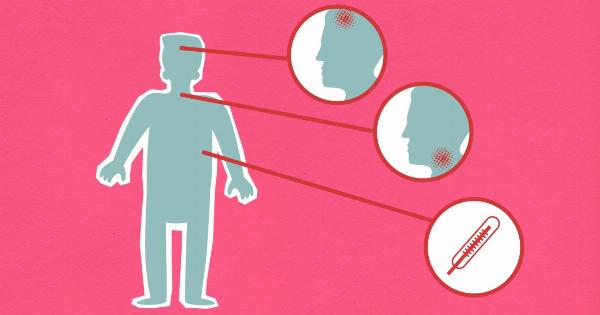Silent infarction, also known as silent myocardial infarction, is a heart attack that occurs without obvious symptoms or is mistaken for other conditions. Contrary to popular belief, heart attacks are not only a male problem.
Women also experience silent infarctions, but their symptoms may differ from those typically seen in men. Understanding the warning signs of silent infarction in women is crucial for early detection and timely medical intervention.
What is Silent Infarction?
Silent infarction refers to a heart attack that occurs without noticeable symptoms or symptoms that are mistakenly attributed to other causes.
While some heart attacks in women present with classic symptoms like chest pain or discomfort, these symptoms can be absent or very mild in silent infarction. As a result, the condition often goes undiagnosed or misdiagnosed in women.
Common Warning Signs of Silent Infarction in Women
1. Fatigue: Unexplained and persistent fatigue, even after sufficient rest, may indicate a silent infarction. This fatigue can be easily mistaken for feelings of tiredness or stress.
2. Shortness of Breath: Women experiencing silent infarctions may feel breathless or have difficulty catching their breath during normal activities or even at rest. This symptom can often be misinterpreted as a sign of respiratory or lung problems.
3. Discomfort in the Jaw, Neck, or Upper Back: Unexplained discomfort or pain in the jaw, neck, or upper back can be a warning sign of a silent infarction. Women may mistake this pain for muscle strain or other non-cardiac issues.
4. Nausea or Indigestion: Symptoms like nausea, indigestion, or heartburn can be indicative of a silent infarction in women. These digestive symptoms may be dismissed as unrelated gastrointestinal issues.
5. Dizziness or Lightheadedness: Women experiencing silent infarctions may feel dizzy or lightheaded, often without apparent reason. These symptoms can be attributed to other causes, such as low blood pressure or dehydration.
6. Cold Sweats: Sudden and unexplained cold sweats, even in the absence of physical exertion or extreme temperatures, can be a sign of a silent infarction in women. Many women may interpret these sweats as menopausal symptoms.
7. Sleep Disturbances: Women with silent infarctions may experience disrupted sleep patterns, including difficulty falling asleep, waking up frequently, or having nightmares. These sleep disturbances can be mistaken for unrelated sleep disorders.
8. Flu-like Symptoms: Some women with silent infarctions may exhibit flu-like symptoms such as body aches, fatigue, and fever. These symptoms may lead to a misdiagnosis of a viral illness.
9. Anxiety or a Sense of Impending Doom: Women experiencing a silent infarction may have feelings of anxiety or a sense of impending doom, often without an identifiable trigger or cause.
These psychological symptoms can be easily overlooked or attributed to stress.
10. Intuition: Many women report having a gut feeling that something is not right, even if they cannot pinpoint any specific symptoms. Trusting one’s intuition and seeking medical attention can be essential in diagnosing a silent infarction.
Risk Factors for Silent Infarction in Women
While silent infarctions can occur in women without any prior warning signs or risk factors, certain factors increase the likelihood of experiencing a silent heart attack. These risk factors include:.
1. Age: Older age is associated with a higher risk of silent infarction in women.
2. Personal or Family History: Having a personal or family history of heart disease increases the risk of silent infarctions.
3. High Blood Pressure: Uncontrolled hypertension can lead to silent infarctions.
4. High Cholesterol Levels: Elevated levels of LDL (“bad”) cholesterol and triglycerides contribute to the development of silent infarctions.
5. Obesity: Being overweight or obese increases the risk of cardiovascular diseases, including silent infarctions.
6. Smoking: Smoking damages blood vessels, raising the chances of silent infarctions.
7. Diabetes: Women with diabetes have a higher risk of silent infarctions.
8. Sedentary Lifestyle: Lack of physical activity and a sedentary lifestyle contribute to heart disease risk, including silent infarctions.
9. Psychological Stress: Chronic stress and depression can increase the vulnerability to silent infarctions.
10. Hormonal Factors: Certain hormonal conditions or hormone replacement therapy can play a role in silent infarctions in women.
Conclusion
Silent infarction in women presents a unique challenge for diagnosis and intervention due to the absence or subtlety of typical heart attack symptoms.
Recognizing the warning signs of silent infarction in women is crucial in ensuring early detection and timely treatment. Healthcare professionals and women themselves should be aware of these signs and not dismiss them as unrelated or minor issues.
Increasing awareness about silent infarctions can significantly contribute to reducing the morbidity and mortality associated with heart disease in women.


























